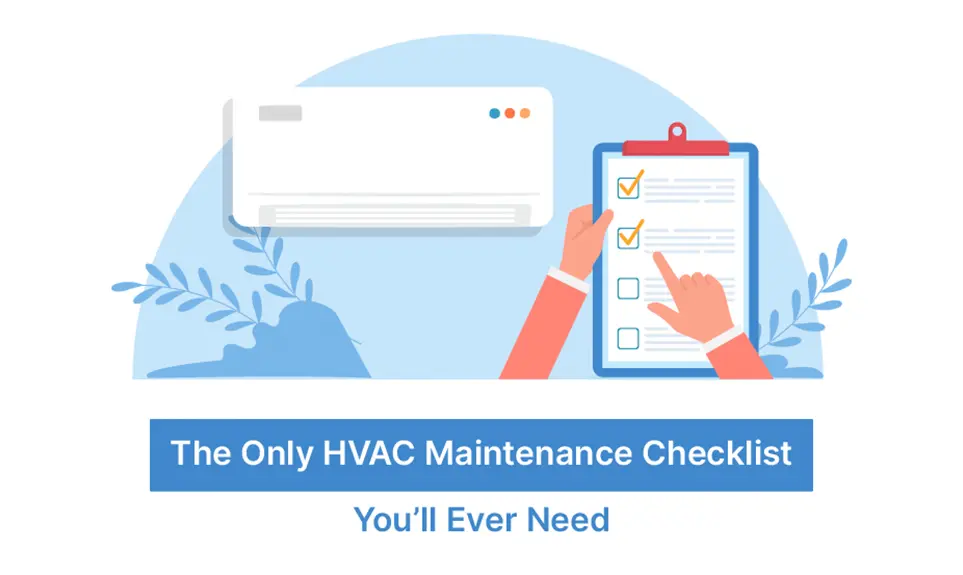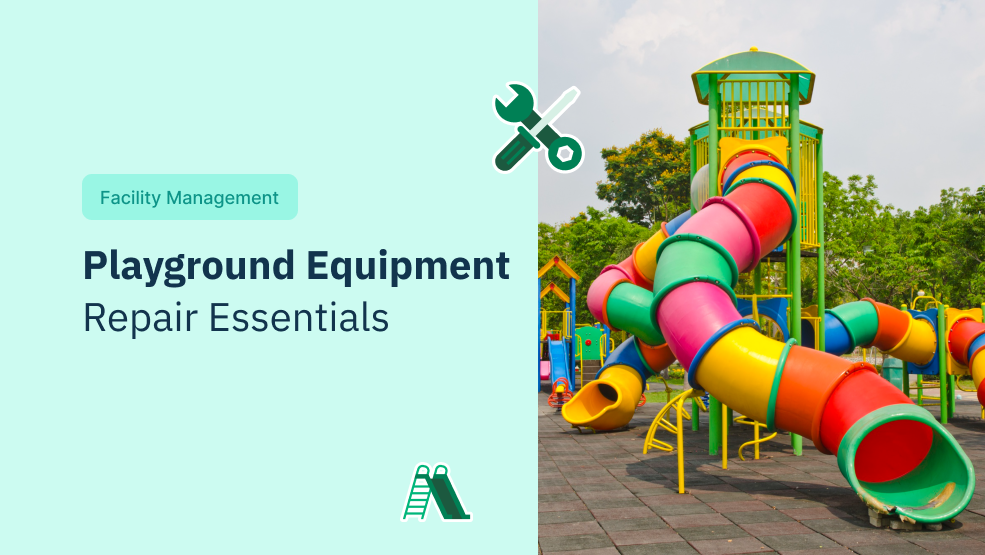The fall season is still some time away. But it is always better to be prepared ahead of time. There will be thousands of customers who would want their heating system to be kept in top-notch condition for a hassle-free winter season. As an HVAC technician or a contractor, having an HVAC maintenance checklist will help you greatly while going for your maintenance visits this fall.
Remember—even the most experienced HVAC contractors and technicians tend to forget a few steps or parts while doing the maintenance of HVAC equipment. This can be avoided if you have an elaborate checklist. So, without further ado, let’s take a look at some must-have components in your HVAC fall maintenance checklist.
Air conditioning fall maintenance checklist
If you are a customer reading this, you might be greatly surprised. Why would I want to maintain my air conditioning unit as I am not going to use it during the winter?
A good HVAC technician will know that fall is the best time to check the AC. Here is the logic behind it—The prolonged use of AC during summers would have caused wear and tear to some of the parts in the AC. Also, not many customers use the HVAC system in the fall as this is a pleasant period that doesn’t need heating or cooling. In short, this is the perfect time to perform AC maintenance and check for any AC noise.
As a technician, here are certain parts that you should not miss checking in the AC system:
Coils
The AC coil would have built up a lot of grime, which would cause the HVAC system to lose its efficiency. In fact, the metal coils can also undergo corrosion due to this grime. Allowing these specks of dirt and debris to sit on the coil for the entire winter will possibly damage the coil and cause the refrigerant to leak from the system.
Pulleys and belts
As time passes, the belts and pulleys in the air-conditioning unit tend to wear out. And if these worn-out belts are left to sit idle all winter and you start the AC system again during the next summer, there are high chances of these pulleys and belts breaking and causing permanent damage. So keep an eye on the belt and replace it if it’s worn out.
Pans and drain lines
In any AC system, it is generally not safe to leave water standing around. It not only leads to the growth of mildew and mold but also attracts a variety of vermin and insects. These insects lay eggs, which, in turn, can lead to deadly infections in humans such as malaria and dengue. Apart from water stagnation, you must also check for blockages in the durian lines. This way, the client can avoid a big mess of water leaks when they turn their AC back during the spring or the summer.
Ducts
Moisture in the duct is another key reason for the failure of many AC systems. The chances of finding moisture in the duct are high after a hot and humid summer. The moisture would lead to the growth of biological contaminants in the ducts, leading to poor indoor air quality. As an HVAC technician, don’t forget to check the ducts and clean them thoroughly.
Fall heater maintenance checklist
Let’s now look into some of the important components of the heating system that should be a part of your HVAC preventive maintenance checklist –
Thermostat
The thermostat will be frequently used during the winters as owners would want to change the temperature constantly. So it must be in proper working condition. Check the relays and connections in the thermostat and see if its readings are right.
Filters
Filters would have accumulated dirt and other contaminants during their summer use. So do check the filters and replace them if it has been damaged. This is applicable only if the HVAC system is using the same filter for both AC and heating.
Other electrical parts
Even the tiniest of problems in the electrical connection could bring down the whole HVAC unit. So look out for any loose or broken wire. Check the electrical connections thoroughly and make sure it’s in good shape.
Duct insulation
Duct insulations tend to get damaged over time. This greatly reduces the efficiency of the heating system. When the duct installations are damaged, the system works harder to provide the required heat. This, in turn, could elevate the electricity bills for the consumers.
Motors and blower fans
Check whether the fans of the blower are covered in grime. Also, see if the motor is operating well. If there is an issue with either of these two components, it will reduce the system’s overall energy efficiency and increase the HVAC system’s energy consumption. It is important to lubricate and clean the system and replace the faulty parts.
Limit switch
The limit switch is the safety net inside the heating system. It turns off the burner when the internal parts of the heating system are getting too hot. It also shuts the blower off if the temperature drops. Hence, this is a very important part to inspect.
Belts and pulleys
As you have guessed correctly, these parts are present in both the heating and cooling system. In the heating system, the pulleys and belts control the motor and blower. So check if they are worn out and replace them to prevent further damage.
Conclusion
HVAC systems constitute many parts, some of which are not covered here, such as heat exchangers and evaporators coil. The one thing that connects all these parts is that they require maintenance from time to time. A good HVAC technician or a contractor must always have an HVAC maintenance checklist for all types of systems and all seasons. This way, you can make sure the system is perfectly safe to use and is working at its optimum efficiency.










